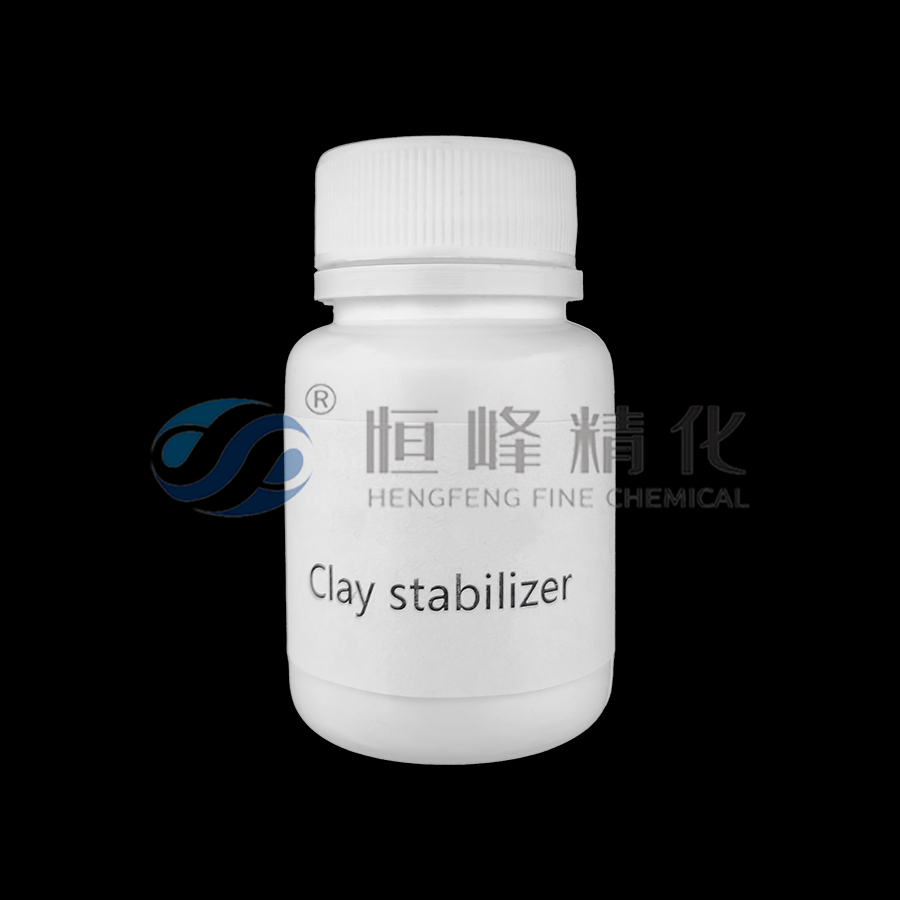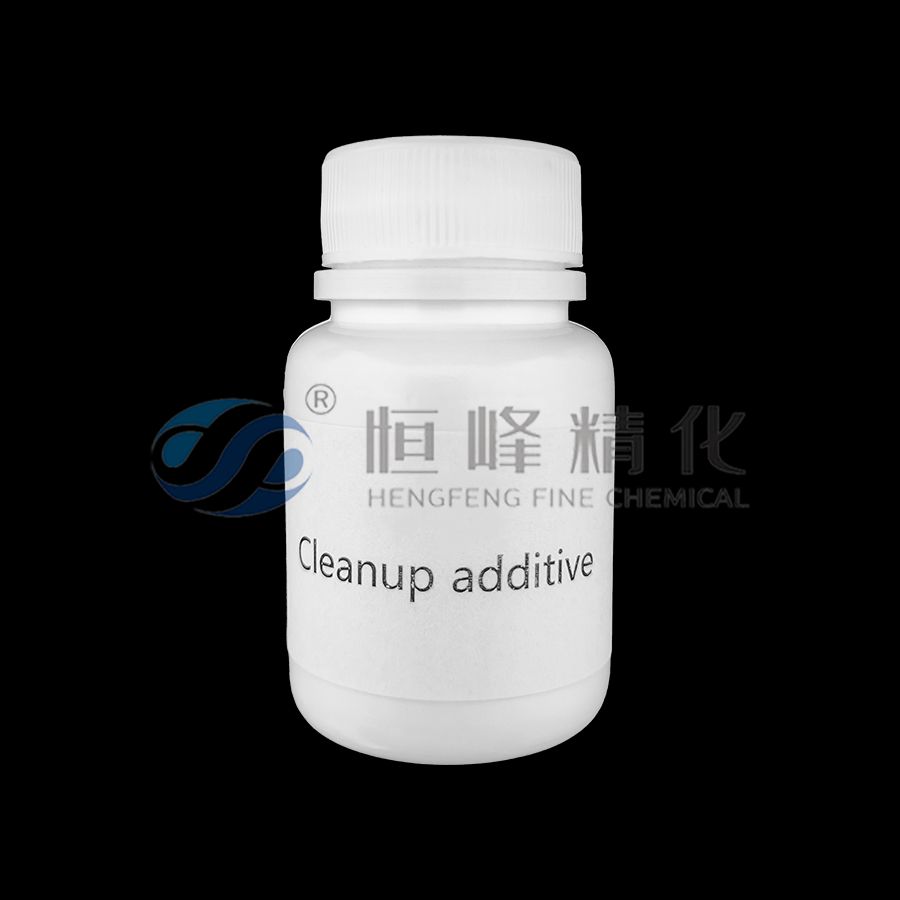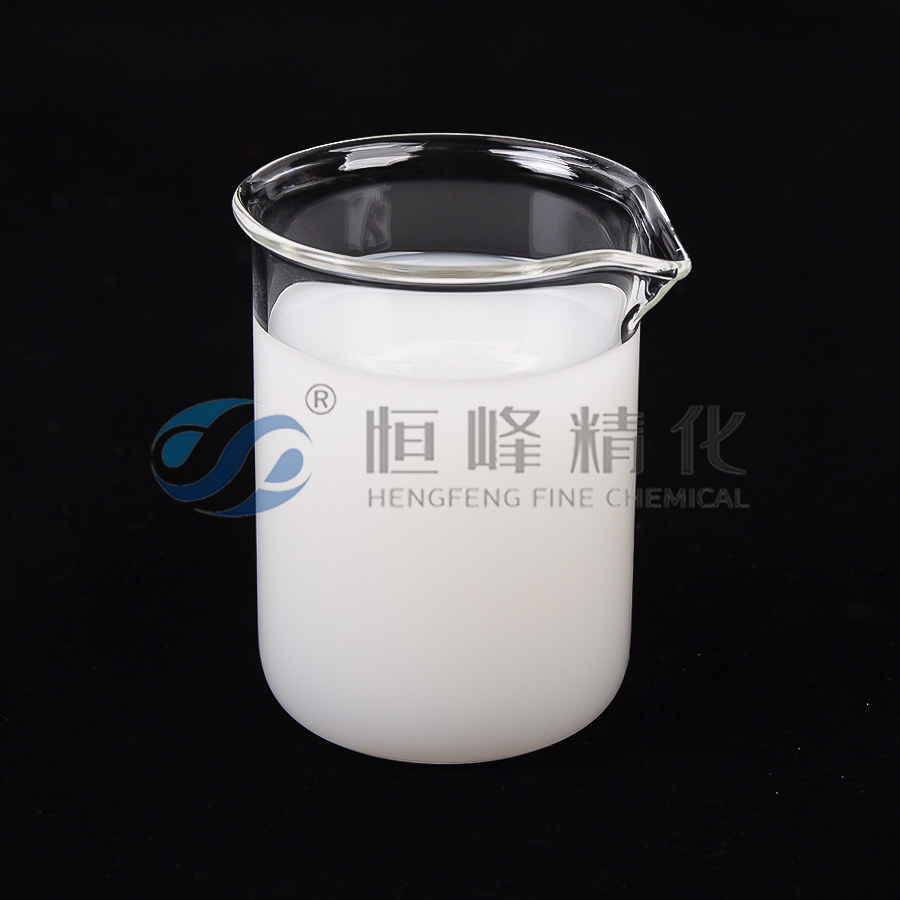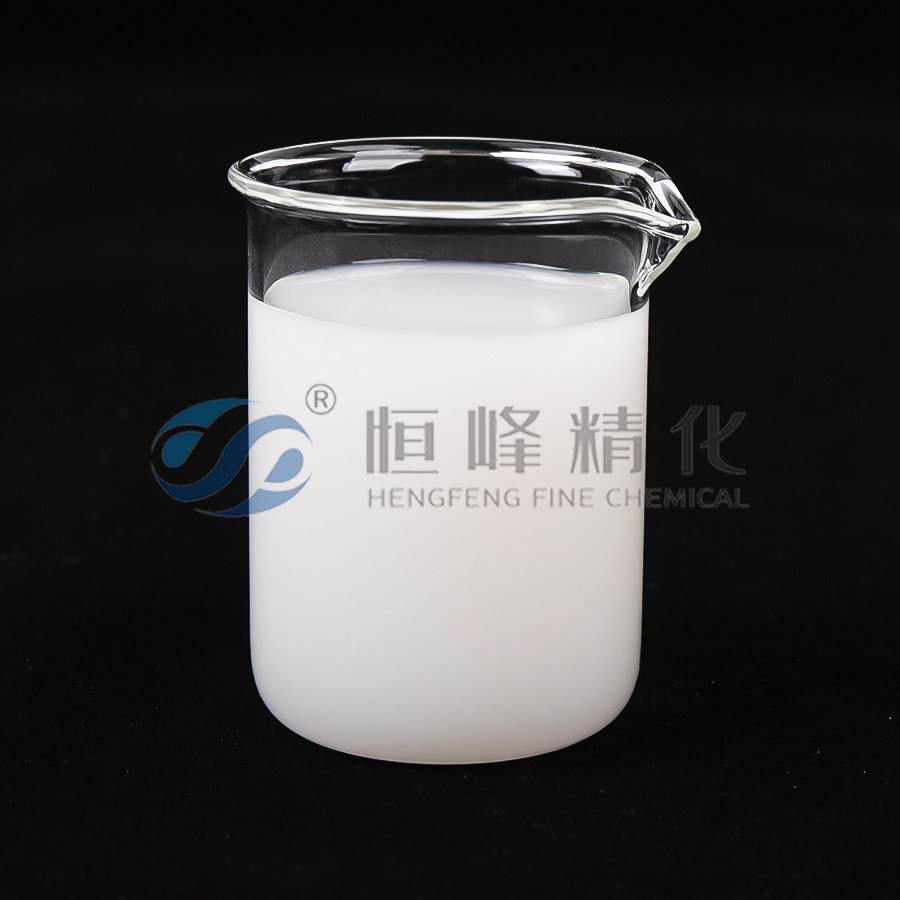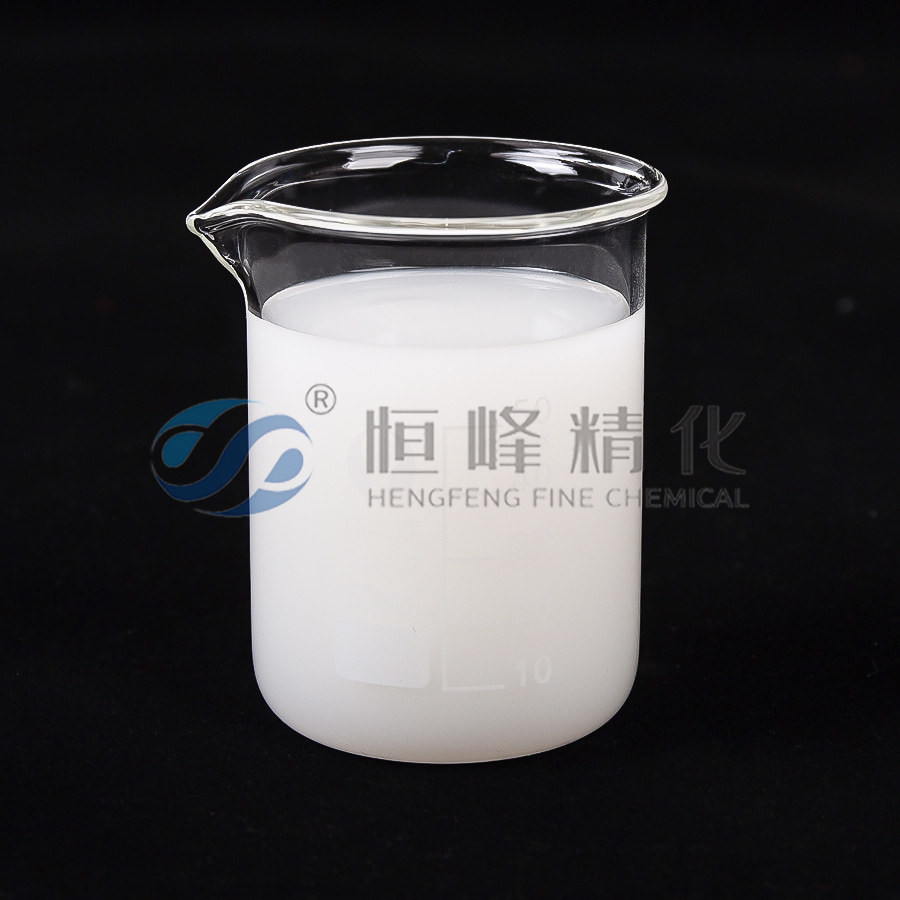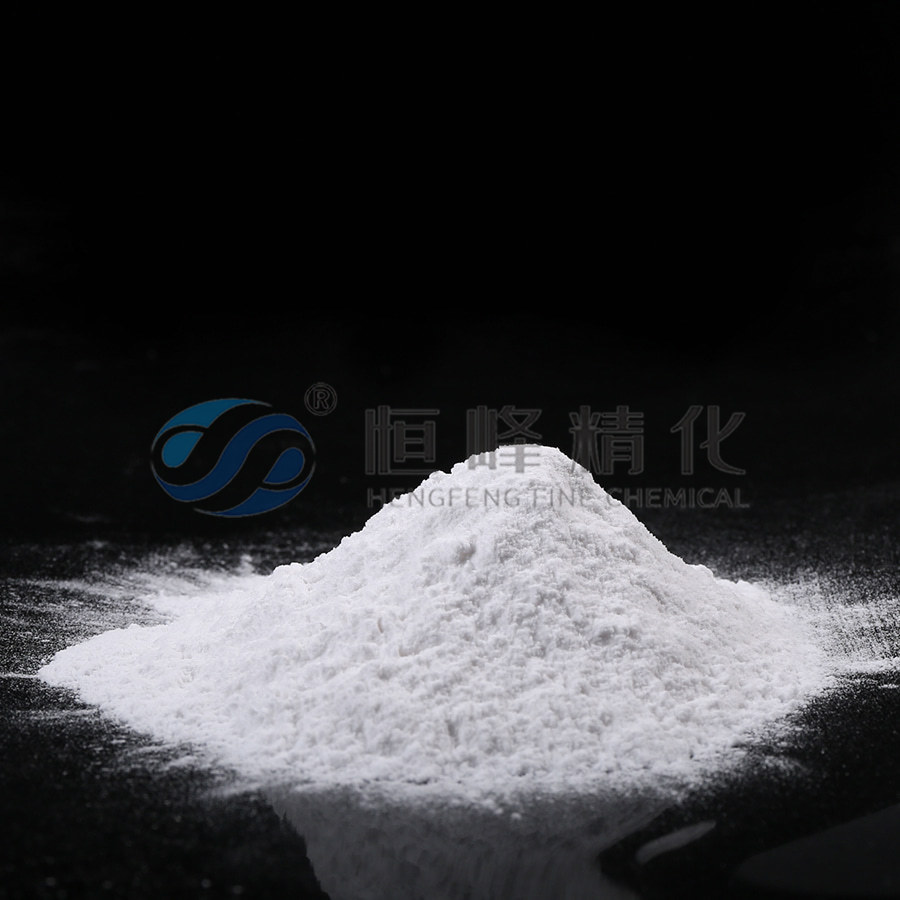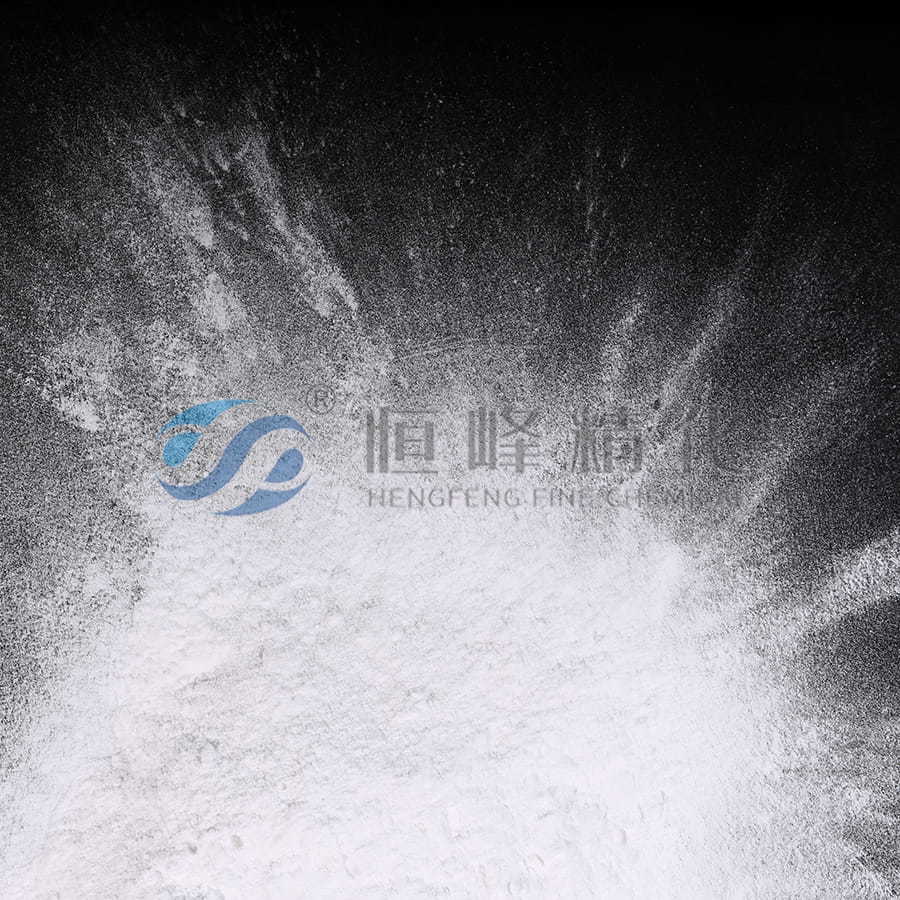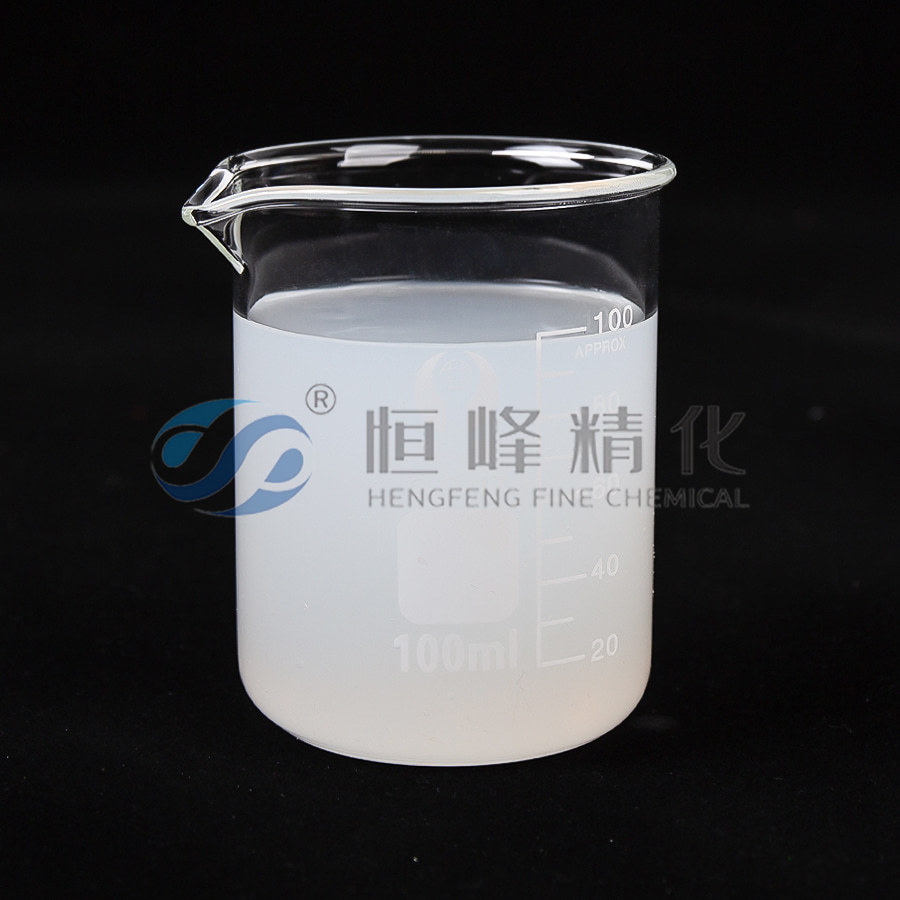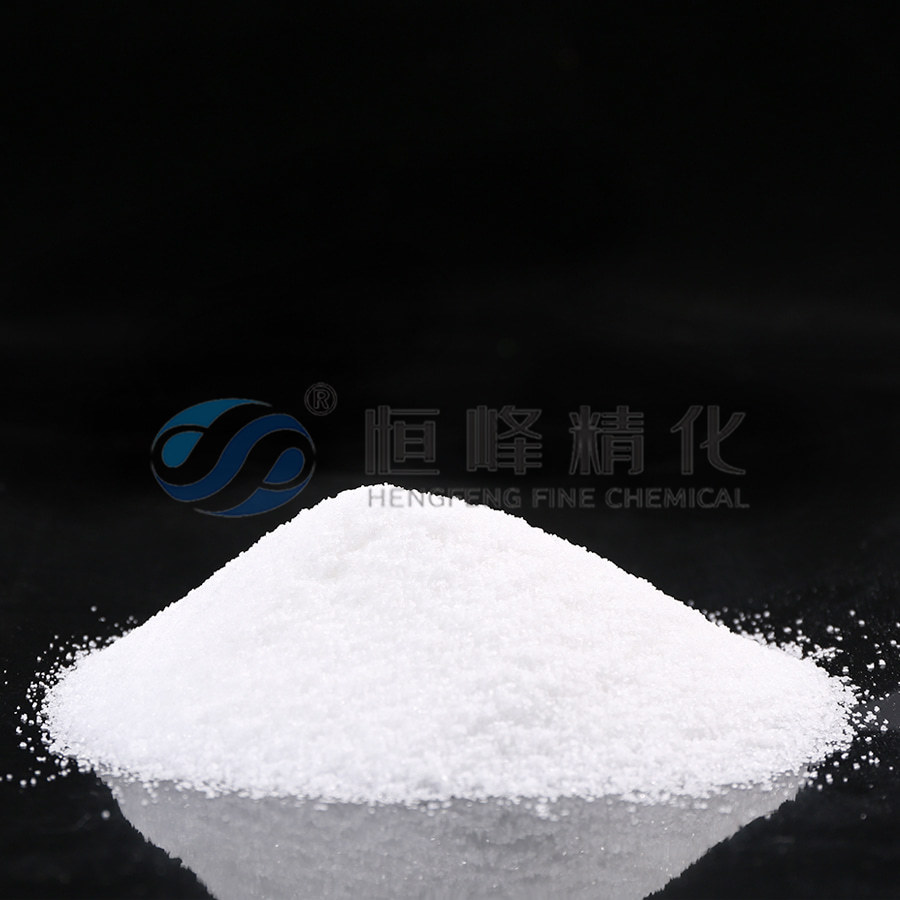Maximizing Drilling Fluid Reuse: How to Effectively Apply Gel Breaking Agents in Fluid Recycling
In modern drilling operations, managing drilling fluid costs and environmental compliance is a top priority. One of the most impactful strategies to achieve this is through the reuse and recycling of spent drilling fluids. However, recycling is not as straightforward as filtering and storing the fluid for the next job. The residual gel structure that forms after initial use often complicates the reuse process, leading to poor flow properties and inconsistent performance. This is where the strategic use of a gel breaking agent becomes essential—not just as a supplementary additive, but as a technical cornerstone in the fluid recovery process.
When a drilling fluid is reused, the accumulation of polymers, fines, and chemical residues alters its original rheological profile. These changes typically manifest as higher viscosity, poor pumpability, or unstable gel strength, all of which compromise efficiency. A properly selected gel breaking agent helps resolve this by disrupting the remaining gel network formed by viscosifiers like xanthan gum, guar gum, or synthetic polymers. Breaking this structure restores the fluid's flow characteristics and allows operators to regain a predictable, manageable formulation.
The choice and dosage of gel breaking agents during recycling require careful consideration. Unlike primary drilling where conditions are more controlled, recycled fluids present variable chemistry. Factors such as temperature history, contamination from formation solids, and previous additive interactions affect how well a gel breaking agent performs. For instance, oxidative breakers may work efficiently in high-solids systems, while enzyme-based options are often preferred in biodegradable or water-sensitive applications. In either case, lab validation followed by pilot testing is essential before full-scale implementation.
Another critical aspect is timing. Applying a gel breaking agent too early in the treatment process may reduce its effectiveness or cause re-gelling due to downstream additive interactions. Conversely, applying it too late can result in fluid handling issues that disrupt cleaning or blending operations. Our experience as a long-time manufacturer and supplier of oilfield chemicals has shown that a phased approach—initial dilution, breaker dosing, and staged filtration—often yields the most consistent recycling outcomes.

Reusing drilling fluids without a gel breaking strategy can lead to significant non-productive time and even equipment damage. Pumps may strain under higher loads, mixing tanks can clog, and fine particles may settle unevenly, requiring extensive manual intervention. A properly applied gel breaking agent eliminates these risks by lowering the fluid’s yield point and improving its filterability and lubricity. This not only protects equipment but also enables faster fluid turnaround and less downtime between drilling stages.
Moreover, the economic and environmental benefits of recycling treated fluids with the help of a gel breaking agent are increasingly hard to ignore. Companies can achieve considerable savings in base fluid costs while reducing waste disposal volumes and complying with stricter environmental regulations. As sustainability becomes a key metric in drilling projects, the use of reliable, high-performance gel breaking solutions plays directly into the industry’s broader operational goals.
For operations looking to improve drilling efficiency while cutting costs, integrating a gel breaking agent into your fluid recycling workflow is not just a technical upgrade—it’s a smart business move. Our product range is tailored for various drilling environments, and we offer guidance on optimizing usage based on your specific needs. Reach out to learn more about how our solutions can streamline your next project.


 English
English Español
Español عربى
عربى Русский
Русский Tiếng Việt
Tiếng Việt





